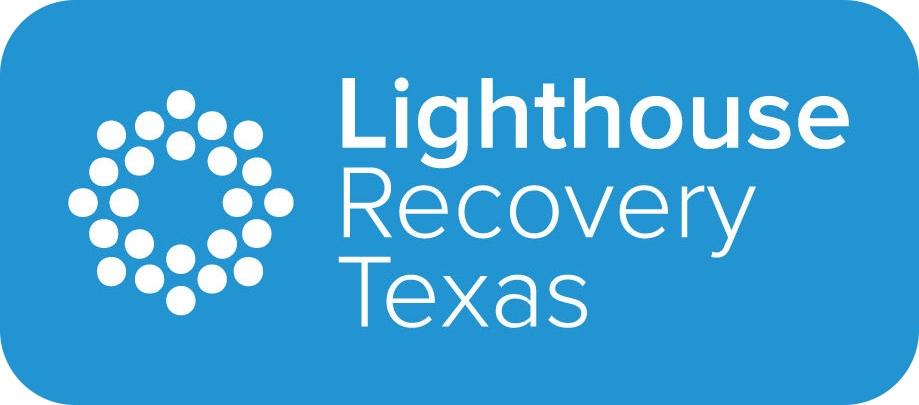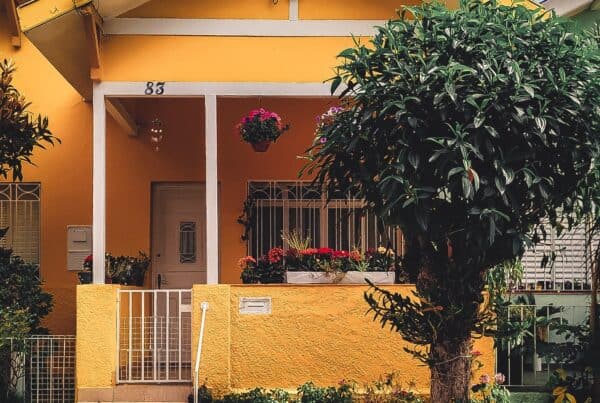Stepping out of an Inpatient Rehab program can feel a lot like a major victory — and it is. But what most individuals realize after leaving a drug rehab program that it isn’t the last step. On the contrary, the sudden change of environment and the lack of support or structure can leave most recoverees feeling exposed, confused, and stressed out.
So, it comes as no surprise that this delicate time of transition is also one of the most common times for people to relapse. And that’s why specialists have developed various methods for individuals to safely transition into independence without losing their support. And that’s what the Sober Living Home is all about.
What is A Sober Living House?
First things first — what exactly is a sober living home? As the name suggests, the sober living home is a housing facility that provides individuals a clean space where they can continue their recovery while navigating the outside world. The sober living home’s tenants are all in the recovery process, and may also include a few moderators who work for the facility to ensure that rules and regulations are properly kept. As there’s relatively few governing bodies, the programming and quality of Sober Living homes vary dramatically per operator.
The general benefit of a sober living home is that tenants are required to join various activities and meetings in the home to support their recovery. They also have the opportunity to go out, get a job, go shopping, and essentially live independent lives without completely having the structure taken out from under their feet.
A Day in a Sober Living Home
So, what exactly happens when you join a sober living home? While every home might have different rules and schedules, you can expect certain aspects to remain the same across the board.
Bedrooms and Personal Spaces
Facilities vary from home to home. Larger, more sophisticated sober living homes may provide individual bedrooms and bathrooms for each of its tenants. But most homes will actually have you bunking together with one of your co-tenants. Bathrooms are also typically shared, thus cleaning them is also a shared task.
To start off your day, it’s typically customary for sober living homes to encourage their tenants to tidy their beds and fix their rooms. This simple task can set the tone for the day and helps ensure that the facilities are kept neat and tidy.
Meals and Shared Spaces
It’s common for tenants in a sober living homes to rotate chores like cooking and cleaning. So, it’s possible that you might be assigned to kitchen duty a few times a week, as well as cleaning duty in shared spaces like living and activity rooms.
However, there are some sober living homes that don’t impose shared meals, which means you can cook and eat on your own time with your own groceries. But if meals are shared among tenants, then you might also have to pool some funds together to purchase groceries as a group. At Lighthouse, all food is included and the resident prepare meals together.
Work and Recreation
Although some individuals who join a sober living home are financially supported by their family, it’s more common for these individuals to work and pay for their own expenses especially since they’re not restricted from leaving the home.
In fact, they’re typically encouraged to look for work opportunities as part of their recovery and reintegration into society. That said, most sober living homes provide tenants with their own free time, usually in the day, that they can use for work or recreation. At Lighthouse, each resident is on an individualized program – meaning that for some individuals – it’s OK to start working relatively soon after arriving – and for other’s – it’s better to wait a few months.
If you’re new to the home, you may be assigned a senior member whose purpose is to join and guide you whenever you go out. For recreation, some sober living homes have their own facilities for sports, exercise, and entertainment.
Meetings and Activities
One of the cornerstones of the sober living home is shared responsibility. Tenants are largely involved in the development and implementation of the rules that keep the home in order. So, it’s common for these homes to hold regular meetings where tenants come together to discuss how the home is run and what they can do to improve the experience for everyone involved.
Sober living homes also typically have their own in-house 12-step programs which tenants are encouraged to join. Others have therapy and counseling sessions each night, aiming to provide clients continued structure and support even as they exercise their independence.
Those who are just coming out of a residential program may benefit from the joint effects of a sober living home and an intensive outpatient program. This option is usually available through providers who have both programs, or through sober living homes that partner up with outpatient providers.
Rules in A Sober Living Home
Rules vary depending on the sober living homes near me, but you can expect some of them to remain the same across the board. These include:
- Curfew hours – Sober living homes require all tenants to be home by a designated hour not only to take part in activities and meetings, but also to keep them from certain temptations.
- Visiting hours – While you’re definitely allowed to have guests over, most sober living homes implement visiting hours. They also usually won’t allow tenants to bring guests into their personal rooms.
- Zero tolerance – Alcohol and drugs are totally banned in sober living homes — thus the name. Relapse policies differ from operator to operator. At Lighthouse, we handle relapses on a case-by-case basis.
There’s No Place Like Home
It can be daunting to join a sober living home for the first time. But the supportive, clean environment almost always guarantees lasting recovery for those who choose to take the step.
The best sober living Dallas Tx has to offer will provide you a comfortable, conducive place to continue your recovery. So, make sure you check your options and find the best sober living house Dallas provides to help improve the outcomes of your journey and curb the risk of relapse.
How does Lighthouse compare?
Lighthouse’s Sober Living program was designed to pickup where most other operators leave off. We employ full-time staff, have a maximum of 8 residents per house (versus upwards of 16), and provide wraparound, tailored programming for each resident. Check out the comparison chart on our Sober Living page more for information.





